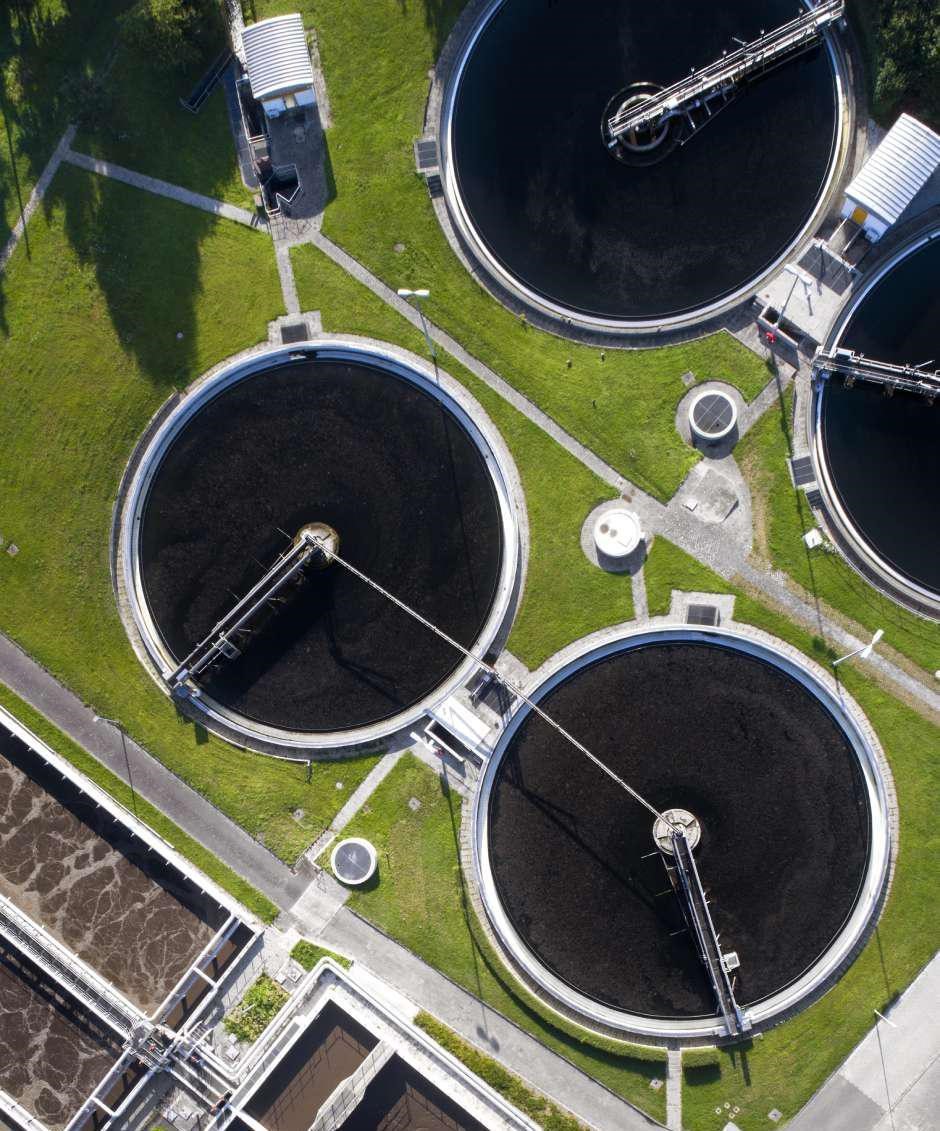Reducing net CO2 emissions to zero by 2050, as set out in the European framework, requires the implementation of large-scale industrial solutions. The recovery of biogas from landfill waste is one of the key levers of Veolia’s activities to contribute to this objective. This major project in partnership with Waga Energy, a Grenoble-based startup, is an emblematic illustration of this in terms of its size and impact. A true example of industrial and territorial ecology, it will make it possible to produce local, renewable and low-carbon energy.
This innovation offers an energy efficiency three times higher than solutions consisting in burning biogas in an engine or a turbine to produce electricity. Biomethane can also be easily stored and transported using existing gas infrastructures.
By substituting biomethane for natural gas, the WAGABOX® solution avoids the carbon emissions caused by the use of fossil fuels.





